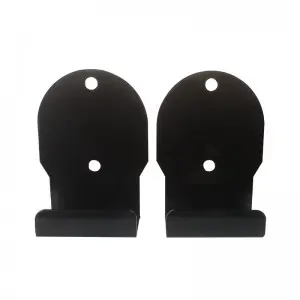A cylinder, a remarkably versatile geometric shape, has played a crucial role in shaping the modern world. Found in countless objects and machines, its practicality and efficiency have made it a cornerstone of engineering and design. From ancient times to the present day, cylinders have been employed in a multitude of ways across various fields. This article will delve into the history, uses, and variations of this captivating geometric shape, shedding light on its importance and contributions to our everyday lives.
The concept of the cylinder can be traced back to ancient civilizations. The Egyptians, for instance, used cylindrical vessels and containers to store precious oils, grains, and other valuable commodities. These early examples showcased the practicality of the cylindrical shape, providing an efficient storage solution as well as a sturdy construction for transportation purposes. Similarly, the Greeks and Romans displayed their appreciation for the cylinder by utilizing it in their architectural creations, such as columns, aqueducts, and even the awe-inspiring Colosseum.

Exploring the Fascinating World of Cylinders: History, Uses, and Variations

Exploring the Fascinating World of Cylinders: History, Uses, and Variations

Exploring the Fascinating World of Cylinders: History, Uses, and Variations
Throughout the centuries, the cylinder’s usefulness expanded into various fields. In the realm of mathematics, cylinders played a pivotal role in the development of geometry and calculus. The study of cylinders, along with other mathematical solids, allowed scholars to explore complex concepts and contribute to the advancement of mathematics as a whole. Renowned mathematicians like Archimedes and Euclid made significant contributions to our understanding of cylinders and their properties.
Engineering and manufacturing have also benefited greatly from the implementation of cylinders. The invention of the steam engine during the Industrial Revolution, for instance, showcased the significant impact of cylinders on the technological landscape. The cylindrical shape was fundamental to the functioning of the engine, serving as a housing for the piston and facilitating the conversion of heat energy into mechanical work. This breakthrough revolutionized transportation, machinery, and manufacturing processes, propelling society into a new era of progress.
In contemporary times, cylinders continue to find practical applications in various sectors. The automotive industry heavily relies on cylinders in the form of combustion engines, where pistons move within cylindrical chambers to generate power. Additionally, hydraulic cylinders are utilized to provide mechanical force in a wide range of machinery and equipment, ranging from construction machinery to aerospace systems. These hydraulic systems utilize the power of pressurized fluids in cylinders to accomplish tasks that would otherwise be impossible through manual effort alone.
Furthermore, the concept of the cylinder has expanded beyond its traditional form, giving rise to unique variations that serve specific purposes. One such variation is the cylindrical tank, which is commonly used for liquid or gas storage in industries such as petroleum, chemical, and food processing. These tanks are designed to withstand high pressures and ensure the safe storage and transportation of substances vital to our daily lives.
In the world of art and design, cylinders have also made their mark. Their simple, yet elegant shape has been incorporated into countless architectural structures, furniture designs, and even artistic installations. The iconic cylindrical designs of structures like the Guggenheim Museum in New York and the London Eye serve as testaments to the aesthetic appeal and versatility of this geometric shape.
In conclusion, the cylinder’s significance throughout history is undeniable. Its practicality, efficiency, and adaptability have allowed it to become an integral part of various disciplines, from architecture and engineering to mathematics and manufacturing. From humble beginnings in ancient civilizations to its utilization in cutting-edge technologies, the cylinder continues to shape our world in ways both seen and unseen. As we appreciate the hidden beauty and countless applications of this geometric marvel, we can anticipate a future where the cylinder’s influence will only continue to grow.quick car jack lift
